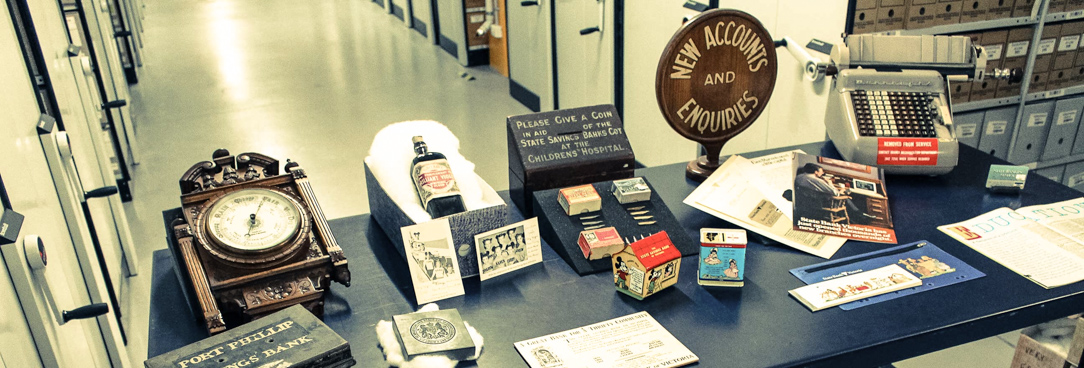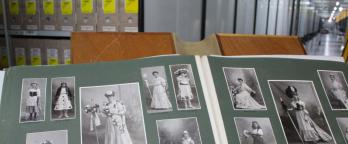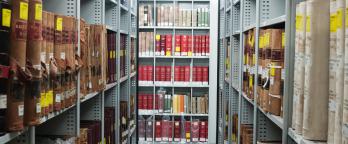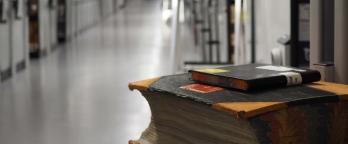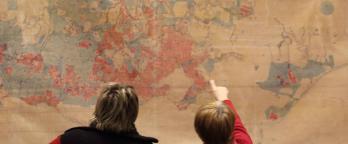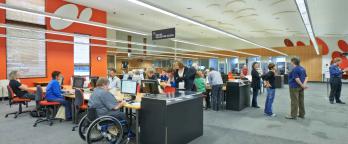Many community based organisations across Victoria care for and provide access to records that provide insight into the history of our state, its people and the events that have shaped it. The groups that are collecting this material are often small volunteer-run organisations with limited resources, including historical societies, sporting clubs, community museums and charities. Through these training materials, we hope to provide valuable information that can help these community collecting groups better manage and care for their collections and contribute in a small way to the amazing work these groups are doing in maintaining our state’s cultural heritage.
The following training materials have been developed by Bruce Smith, Archive Research Consultancy, on behalf of Public Record Office Victoria.
Public Record Office Victoria acknowledges the assistance of the Community Heritage Grants in funding the development of these materials. Community Heritage Grants are jointly funded and supported by the National Library of Australia, the Department of Regional Australia, Local Government, Arts and Sport; the National Archives of Australia, the National Film and Sound Archive and the National Museum of Australia.
